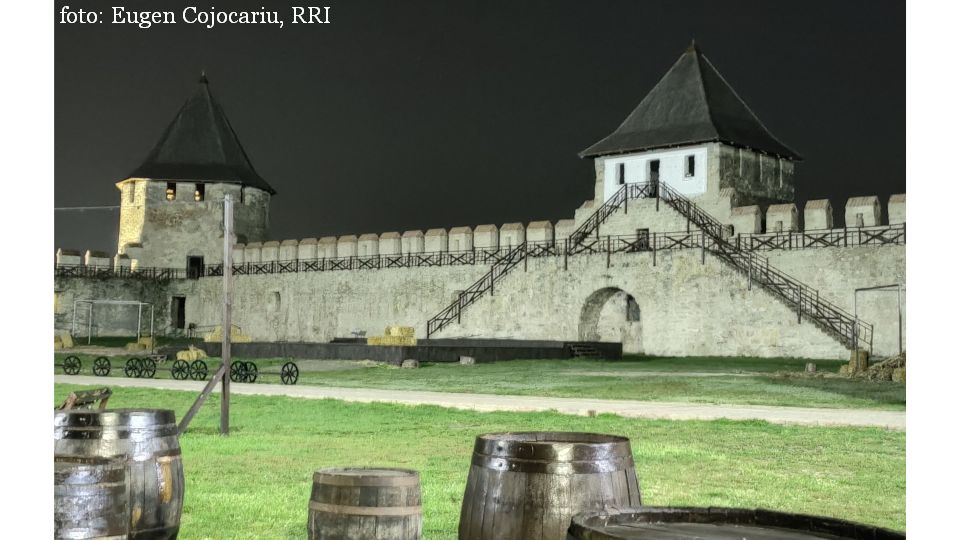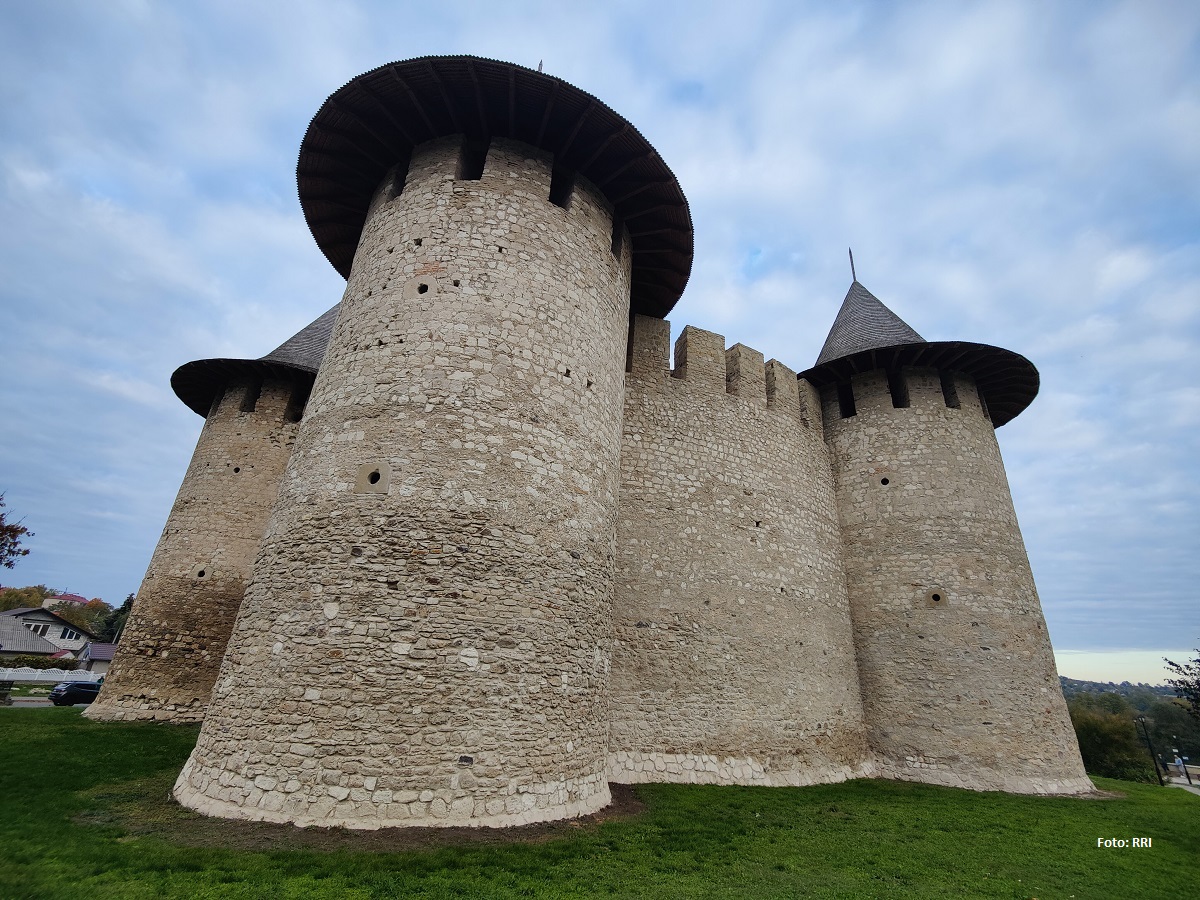Museums in the Vaser Valley
Maramures, one of the northernmost regions of Romania, is highly appreciated by tourists for the way it conserves its traditions and environment.

Christine Leșcu, 26.08.2017, 14:14
Maramures, one of the northernmost regions of Romania, is highly appreciated by tourists for the way it conserves its traditions and environment, as well as for its cultural and ethnic diversity. One example is a special museum on the valley of the river Vaser, in the town of Viseul de Sus, a stopover for the famous “mocanita”, the local name for the narrow gauge forestry train servicing the area of old.
The museum, known as the Elefant House, is right in the station, and is dedicated to the old Jewish community in Viseul de Sus, which, between the world wars, represented 30 to 40% of the local population. The area had been multicultural for centuries at that time, with ethnic Germans, Hungarians, Romanians, Rutenians and Russians living together.
Vasile Coman, the director of forestry railways in Vaser Valley, told us about the museum and the region: “We usually see this cosmopolitanism in port cities, not small mountain towns. We have built this museum by our own initiative, out of respect for the Jewish community in Viseu, which between the wars was 3,000 strong, and this is a monument to the Holocaust, in remembrance of the suffering of this community. It is a museum built in a home, and is named after Alexander Elefant, the Jewish man who built the first logging station in the Vaser Valley. The museum houses photographs, documents and testimonials related to the suffering of the Jewish people here. In 1944, from spring to autumn, over 12,000 people of Hebrew ethnicity in this area were deported, sent to Auschwitz, Dachau and other concentration camps. Only six of them returned. We have a glass case with objects brought from the camps that had belonged to some of them. We inaugurated this museum in 2007 and the building housing it is one of the last remaining traditional Jewish homes in Viseu. It was dismantled in order to be brought over and rebuilt here, on the platform of the narrow gauge train, which carries thousands of tourists to the fascinating Vaser Valley.”
The wooden house welcomes tourists in two traditional-style rooms. One of them hosts the actual museum, with photos of the Jews in the Vaser Valley deported to concentration camps and items that had belonged to these people. The other room is a small café, where visitors can chat while waiting for the narrow-gauge steam train. Hanging on the doorpost, on the right, is the traditional Jewish mezuzah, the symbol of the Exodus. In Viseul de Sus, the Jews embraced professions typical for the region. They were shepherds, farmers, and craftsmen.
Many of them were involved in log driving and timber sale, Vasile Coman also explained, and he moved on to describing the second museum in Viseul de Sus: “This ethnographic museum is located near a compound adjacent to the Elefant Museum, a compound made up of four traditional Romanian houses, a stable and a wood shed. These are houses specific to the Iza Valley region, the Borsa-Moisei area, built between 80 and 100 years ago, and we had them rebuilt next to the Elefant Museum, preserving all their traditional elements. We intend to arrange these houses as museums of log driving, of forestry and forestry railways, on the one hand, and on the other hand to use them as boarding houses, if possible. A monumental wooden gate, specific to the Maramures region and more than 60 years old, overlooks the entire ethnographic and architectural compound.”
You can admire all these and many other things here at the Elefant Museum, in the town of Viseul de Sus in Maramures County.






























